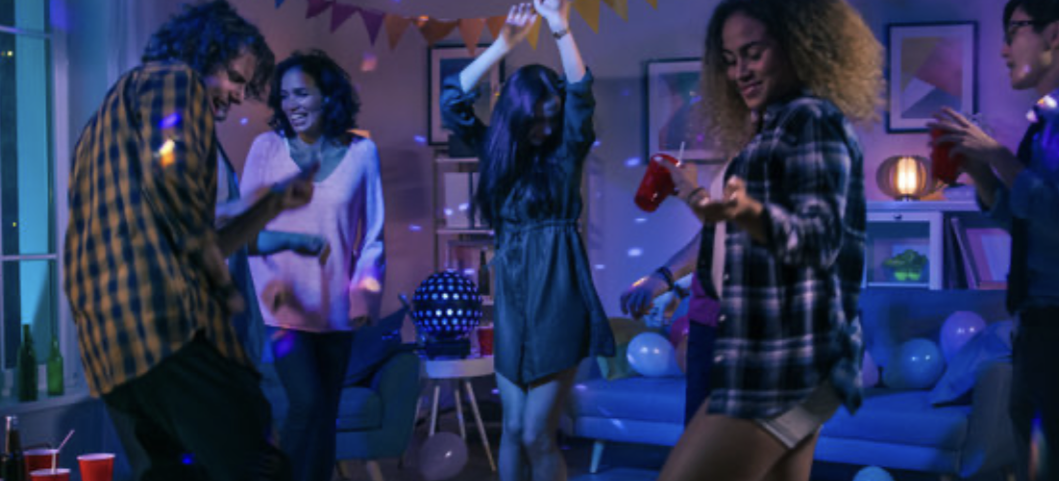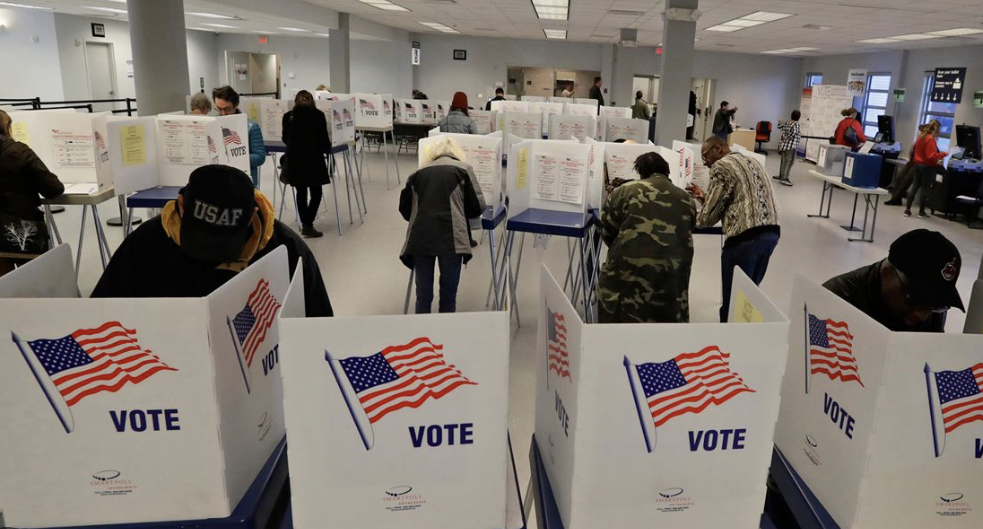Perfectly curated shots of smudged eyeliner, empty bottles, and artfully disheveled bedrooms that scream “tortured teen.” This imagery didn’t emerge from nowhere: it’s the direct result of how prestigious television and film have spent the last two decades packaging teenage self-destruction as the ultimate form of authenticity. We’ve been shown a steady stream of media that suggests the “real” teenage experience must include excessive drinking, drug addiction, self-harm, and emotional devastation. But when did destroying yourself become synonymous with growing up?
The problem isn’t that these shows tackle difficult subjects, it’s how they present them. “Thirteen,” the 2003 film that arguably started this trend was praised for its unflinching look at teenage life. However, it simultaneously established a dangerous blueprint — the idea that authenticity requires extremity. The film’s portrayal of the main character’s descent into drugs, shoplifting, and self-harm was undeniably powerful, but it also suggested that this kind of spiral was an inevitable, even necessary, part of growing up. The message, whether intentional or not, became clear: to be a “real” teenager, you had to be a destructive one.
Fast-forward to “Euphoria,” HBO’s current crown jewel of teen programming. The plot of Euphoria follows a group of high school students who navigate the minefield of love, loss, sex, identity, and trauma, with the central storyline focusing on teenage drug addict Rue Bennett and her struggle with sobriety. The show has been lauded for its cinematography, performances, and willingness to address topics like addiction and mental health. Yet for all its visual beauty and critical acclaim, “Euphoria” presents a glittery world where nearly every character engages in some form of self-destructive behavior, and these behaviors are shot with the same gorgeous, dreamy aesthetic as everything else in the show. When drug use is filmed like a music video and emotional breakdowns look like artistic performances, the line between depicting reality and romanticizing it becomes precarious.
This trend reflects a broader issue in how “prestigious” television approaches teenage stories. Shows that win awards and critical praise often feel pressure to be “edgy” and “real,” which apparently translates to “as dark and destructive as possible.” The assumption seems to be that happy, healthy teenagers don’t make for compelling television, that normalcy is somehow less authentic than trauma. But this creates a distorted mirror for actual teenagers, one that suggests their lives are somehow insufficient if they’re not falling apart in photogenic ways.
The real-world impact of this glorification can’t be ignored. Studies have shown that media representation significantly influences teenage behavior and self-perception. When reputable shows consistently portray self-destructive behaviors as marks of depth and authenticity, they’re not just reflecting teenage reality, they’re actively shaping it. The rise in social media posts that mimic these aesthetic choices, the way teenagers discuss their mental health using language borrowed from these shows, and the normalization of behaviors that should be concerning all point to the media’s powerful influence on how young people see themselves and their problems.
Critics of this perspective might argue that these shows are simply holding up a mirror that depicts teenage reality, that they’re paying homage to problems that actually exist rather than creating them. And there is some truth to this. Teenage struggles with identity, mental health, and risky behaviors are indeed very real. The issue isn’t that these topics are being addressed, but rather how they’re being framed. There’s a significant difference between showing the genuine consequences of destructive behavior and packaging that behavior in ways that make it appear glamorous, inevitable, or even artistically profound.
Furthermore, the most troubling aspect of this trend might be how it’s redefined what we consider “authentic” in teenage storytelling. Shows that present more balanced portrayals of teenage life, ones that include struggle but also resilience, problems but also growth, are often dismissed as unrealistic, barren, or sanitized. This cultivates false representation for teenagers everywhere, as media must choose between being either completely dark or completely fake, leaving little room for the complex, nuanced reality that most teenagers actually experience.
But here’s where things get hopeful: there are signs that the industry is beginning to recognize this problem. Recent shows like”Never Have I Ever,”Ladybird,” and The Hate You Give” prove that you can create compelling, authentic teenage stories without defaulting to glorified destruction as your primary source of drama. These shows tackle serious issues, mental health, identity, discrimination, and even relationships, but they do so while also showing teenagers who are resilient, make mistakes but learn from them, and find ways to cope that don’t only involve self-destruction. They remind us that authenticity doesn’t require tragedy, and that real teenage experiences include joy, growth, and hope alongside the inevitable challenges of growing older.
The key is balance and responsibility. Media creators have the power to influence how entire generations see themselves and their possibilities. When they consistently choose to frame self-destructive behaviors as markers of authenticity or depth, they are doing a disservice to the actual teenagers who are trying to figure out who they are and how to navigate their evolving lives. But when they show the full spectrum of the teenage experience, including the capacity for healing, growth, and positive change, they’re offering something far more valuable than just another beautifully shot breakdown.
As viewers, we also have a role to play. We can support media that presents complex, nuanced portrayals of teenage life rather than simply rewarding shows that mistake darkness for depth. We can have stimulating conversations about the difference between depicting difficult realities and glamorizing them. Although there’s no harm in enjoying a good show, separating entertainment from reality is crucial. Finally, we can remember that the most authentic teenage experience isn’t necessarily the most destructive one; sometimes the most drastic thing a teenager can do is simply survive, grow, and thrive.
Like any of the best stories, the future of teenage representation in media will likely depend on creators who understand that real authenticity comes from truth and complexity, not just from how beautifully you can construct a scene of someone falling apart. And that might just be the most authentic message of all.


